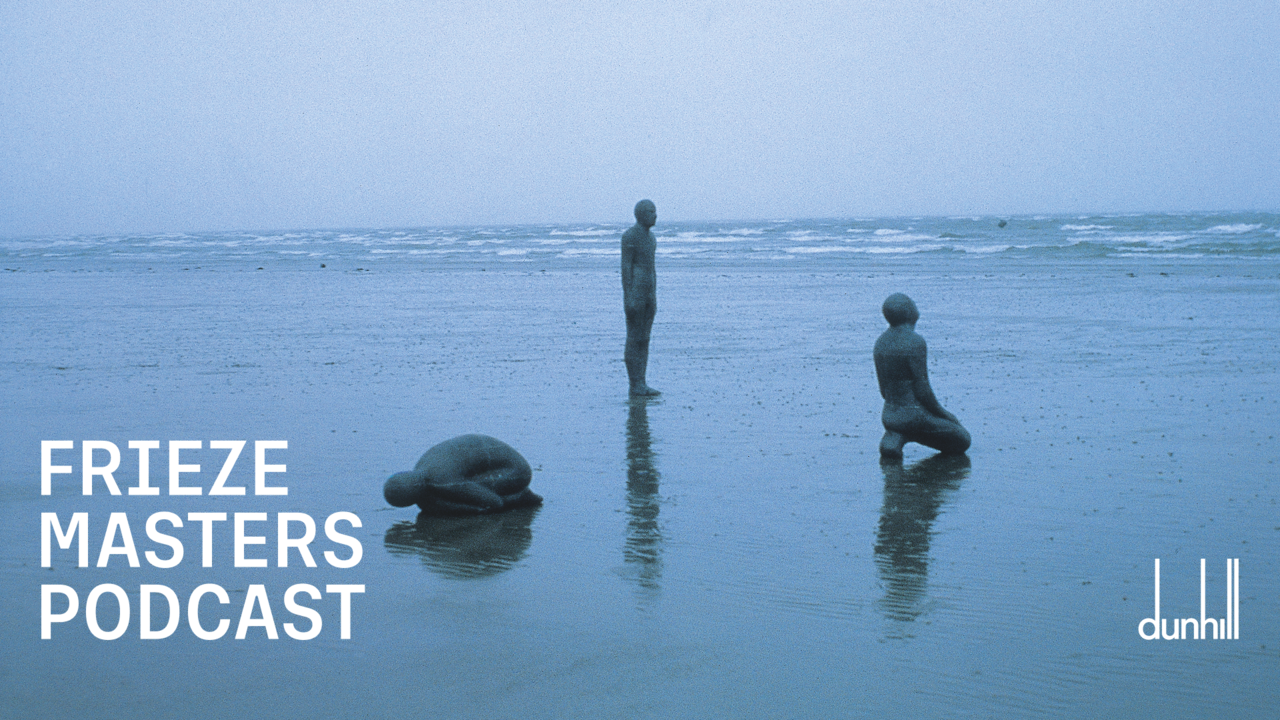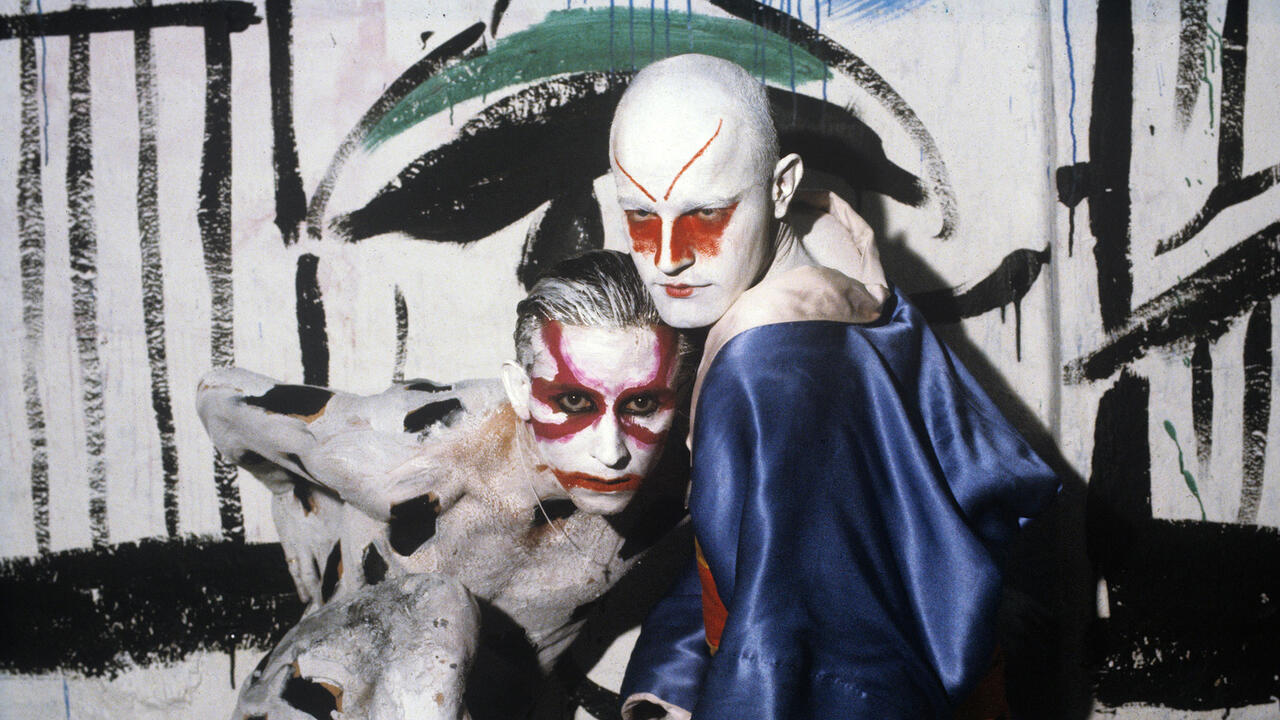The Spiral and the Square

The censors of Franco’s regime in Spain ultimately allowed the translated edition of James Joyce’s Ulysses (1922) on the grounds that they deemed the book to be of such difficulty and minor interest as to be innocuous. One can only guess what the Brazilian dictatorship’s censors would have made of Dora Longo Bahia’s Ulisses em Wallenton / Ulysses in Willingdone (2006) – an audio recording of a New Zealander struggling to enunciate the novel’s celebrated final passage in Portuguese. Equally hard to discern were visitors’ reactions to the piece in present day Stockholm, in the context of the group exhibition ‘The Spiral and the Square: Exercises in Translatability’. The engine of this persuasive project at Bonniers Konsthall is the emancipatory potential of translation and the creative terrains opened up by fluid and oblique rendition, or misunderstanding. The exhibition is ‘not a Brazilian art show’, according to curators Daniela Castro and Jochen Volz [who is a contributing editor of frieze], yet it draws heavily on Brazilian art and literary heritage, forming part of a broader collaboration on translatability with Södertörn University and Albert Bonniers Förlag, a division of the Konsthall’s publishing-giant parent.
The work of more than 20 artists and artistic duos is mapped out according to concrete poet Haroldo de Campos’s idea of translation as ‘transcreation’, and moreover the plot of Osman Lins’s 1973 novel Avalovara, the complexity of which is echoed in the more circuitous works on show. Dominating the main gallery, Angela Detanico & Rafael Lain’s SATOR AREPO TENET OPERA ROTAS (2011) literally references Avalovara, in the form of a Latin palindrome first found in Pompeii, whose letter-square arrangement when intersected by a spiral dictates the sequence of the novel’s narrative segments (and gives the show its title). The artists transposed the palindrome into a five-by-five grid-codex of stacked pavement slabs that humorously literalizes concretismo.
Fabio Morais’s Carta a um jovem poeta (Letter to a Young Poet, 2004) similarly deals with the fabric of language. It reconstructs Rainer Maria Rilke’s first correspondence from Letters to a Young Poet (1929), in which he espoused the ‘inner necessity’ of the authentic artist, using scores of cut-and-pasted handwritten letters. Whether Morais intends to mock or enhance the earnestness of the source is impossible to tell, yet his work’s obsessive ransom-note appearance suggests a threatening anonymity.
The notion of a creative translation no longer beholden to an original can evidently thrive in the realm of fiction and poetry, as proven by many of the works in the show. Translating a safety manual or legal document in such a free spirit is, however, less advisable. Likewise, considering what might comprise a scale of art from ‘fiction’ to ‘non-fiction’ became a supplementary refrain. At one end of such a gradient is Dominique Gonzalez-Foerster’s Textorama (2009), a typographic diorama made of fragments from sci-fi literature and Modernist novels. On the other end is Cao Guimarães’s feature film Ex isto (Exit, 2010) – to be shown soon in a Stockholm cinema – which imagines what would have happened if Descartes had travelled to Brazil with the Dutch prince Maurits van Oranje in the 1600s. In the realm of the documentary but with an undeniable mythological dimension, Maurício Dias & Walter Riedweg’s two-screen film installation Juksa (2006) tells, through television interviews from 1973 juxtaposed with landscape and turbulent underwater sequences, the story of Sørfugløya, a tiny island in remote northern Norway with a small and dwindling population. Natascha Sadr Haghighian’s The Microscope (2006) inquires into seemingly scientifically objective optical instruments but relishes the complexity of never truly knowing what one is seeing. As suggested by the artist’s adapted microscope, which plays The Police’s 1983 hit song about stalking, ‘Every Breath You Take’, from its eyepiece, sometimes we evidently cannot believe our ears either.
With live contributions and performances including the naked, hooded wrestlers of Laura Lima’s Marra (1996–2011), Rirkrit Tiravanija’s operational sloganeering T-shirt factory Untitled (Police Police Potato Grease) (2011) in the lobby, Arto Lindsay and his band playing at the opening, and Rivane Neuenschwander’s wonderful ‘Gastronomic Translations’ (2003–11) providing nutritional support (two dishes are interpreted by two chefs using the same ingredients as found by the artist on a discarded shopping list), ‘The Spiral and the Square’ buoyantly avoids what otherwise might be a prolix experience. Also including the work of such figures as Cildo Meireles, Öyvind Fahlström and Eugenio Dittborn, as well as young artists working in São Paulo and Rio de Janeiro like Cinthia Marcelle, Rodrigo Matheus and João Modé, the exhibition’s granular consideration of translatability has a formidable linguistic heft and yet is replete with loquacious exchange.
















